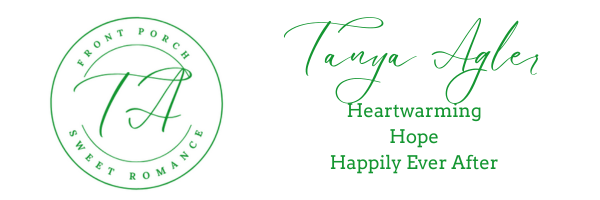On vacation, my wonderful hubby and I try to plan family excursions, but sometimes we decide that there are certain activities better suited to older kids and some better suited to our younger ones. Yesterday was one of those days. In the past, I’ve taken our two youngest to our travel destination’s children’s museums while he’s taken our two oldest to someplace else. Yesterday, my wonderful hubby went to the children’s museum while I took Kath and MJ to the Aiken-Rhett house. The antebellum Charleston home was once home to a South Carolina governor. When you arrive at the house, you find it is an audio tour where you’re given a headset and a small MP3 player with a prerecorded tour. The very first stop is in a former storeroom that told the evolution of the house. When it was originally built, it had four rooms on each level. When Aiken bought the house, he built onto the structure, and then another wave of construction brought the house to its current size. At that moment, I realized old houses are a lot like books. The writer in me found her next blog.
Original house. The original house had several excellent features. On the tour, the MP3 player urged me to stop and look at the original foyer and the fine architectural molding near the ceiling. The fine detail was breathtaking in its preciseness and showed the original house’s beauty and grandeur.
So too a first draft has several good paragraphs that might make it to the final version. It has promise and has the barebones of the story. It is the structure in which the author retains what is good and beautiful in the story. There are times upon rereading the first draft where I every so often find a paragraph with the right amount of emotional resonance and description and realize I wrote something worth saving in that draft.
First addition. While the original house had some fine features, some beautiful trim, and elegant rooms, the new owner needed more space and added onto the house. The new owner changed the entrance, moving the front door to a different location. The new owners also changed the configuration of the main floor and built additional rooms.
Authors go through this type of work. I loved the first five pages of one of my books, but more than one trusted critique said I started too early, that the real action began after that. So I changed the “entrance” of the book and in so doing found myself resetting the tone. Now I began with the hero’s POV and delved right into the romance.
Authors also often find a need for a new configuration. Maybe a later chapter worked better earlier in the book. Maybe a whole chapter didn’t move the story forward and needed to go into the edit files (what’s what I call an edit file? It’s my files of everything I delete on subsequent drafts. I go back later and look at what I changed-was it a craft issue? An introspection issue? Not enough emotional resonance?).
And just as Aiken undoubtedly hired an architect and builders for the additions, so too do critique partners and beta readers come into play with this first addition. Sometimes my critique partner tells me I need more detail, I need to make finer adjustments in certain paragraphs. Then I go back to the drawing board and edit, edit, edit.
Final draft. In the 1850s, the owners commissioned an art gallery to be constructed for the house. They took care to make sure skylights were added to only allow natural light to flow onto the paintings, providing them with a backdrop of beauty. All the time, the owners had to be careful to maintain the structural integrity of the house and not make it look like the additions were not well thought out.
So too I have to make sure that any additional scenes flow well with the rest of the book. When I edit based on suggestions from critique partners, I have to try not to lose my voice in the changes. Sometimes I realize I thought I had something in there but find it wasn’t on the read-through. Then I do have to add it, and then go back for another read-through.
Today’s house. No longer is the Aiken-Rhett house a residence. There are no families living there, creating new memories, new chapters. Instead it is a historical site where people pay to tour and reflect on its past history: both the right and the wrong (because the house is located in Charleston, the owners did own slaves, and the audio presentation presents points for the listener to ponder-the living conditions, the cramped quarters, the hard work, the inherent wrongs of slavery.)
So too there is the moment when an author has to accept the book is finished and move onto the next book.
I love touring historical sites. It makes me think about the past, the present, and the future. So too I love writing. I love to think about my characters’ pasts, presents, and futures. What about you? Do you have any favorite historical sites that you’ve visited? Let me know.

Love this analogy.
Thank you for dropping by today.
My pleasure.